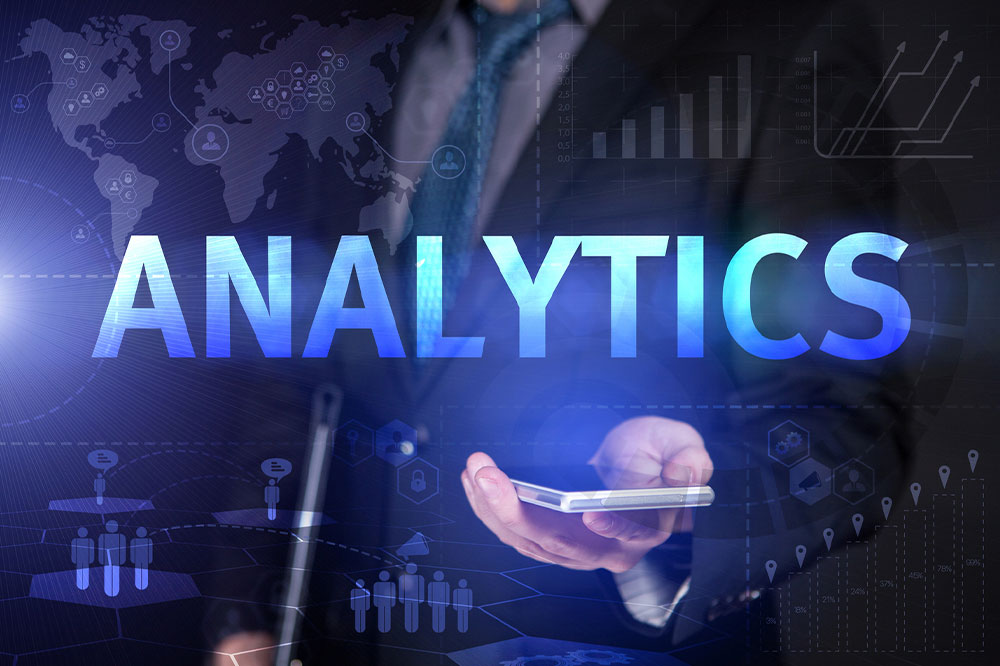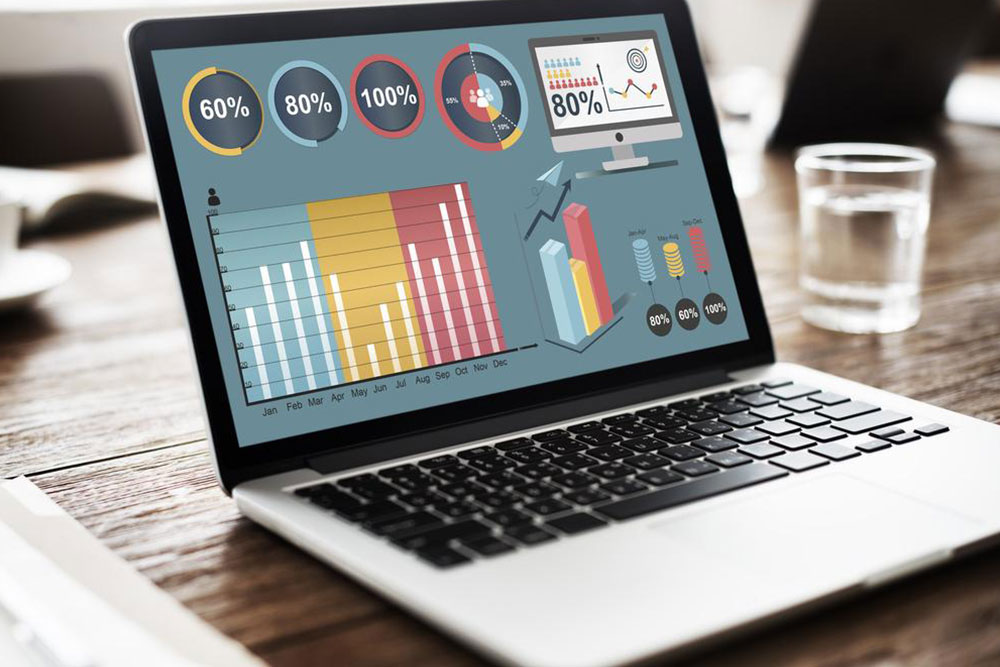Key Insights into Predictive Analytics and Its Industry Applications
Discover essential insights into predictive analytics, its industry applications, key models, and leading providers. This overview highlights how various sectors leverage predictive technology to optimize operations, improve customer targeting, and forecast future trends, while also noting its limitations. Ideal for professionals seeking to understand how predictive analytics can transform their business strategies and decision-making processes.

Key Insights into Predictive Analytics and Its Industry Applications
A Comprehensive Overview of Predictive Analytics
Predictive analytics is a branch of data science focused on forecasting future outcomes by analyzing historical and real-time data using techniques such as machine learning and statistical models. This technology empowers organizations to refine marketing strategies and optimize operations, reducing costs and conserving resources. The global market for predictive analytics is expanding rapidly, projected to reach approximately $11 billion by 2022. This article explores various models, providers, and industry-specific applications of predictive analytics.
Applying Predictive Analytics Across Different Sectors
Organizations in diverse industries leverage predictive analytics to meet specific objectives. Here are some examples of its application:
Aerospace
Used to monitor and predict aircraft maintenance needs, optimize fuel use, and enhance reliability and uptime.
Energy
Helps forecast price shifts, energy demand, weather impacts, equipment failures, and operational costs.
Automotive
Utilized to analyze driver behavior, improve safety features, and assess component durability to prevent failures.
Similarly, automotive manufacturers employ predictive analytics to identify potential part failures, enhancing vehicle safety and reducing downtime.
Financial institutions, like banks and insurers, use it to develop credit risk profiles and predict market trends, aiding strategic decision-making.
Manufacturers rely on it to manage raw material inventories based on demand forecasts and anticipate machinery breakdowns.
Retailers analyze customer behavior in real time to personalize sales strategies and improve customer engagement.
Leading Providers of Predictive Analytics Solutions
Organizations seeking predictive analytics tools can consider these top vendors:
SAP
SAS Institute
IBM
Microsoft
Acxiom
Information Builders
Teradata
TIBCO Software
Tableau Software
Common Types of Predictive Analytics Models
Below are some prevalent predictive models used across industries:
Customer Lifetime Value
Identifies high-value customers likely to increase their spend, enabling targeted marketing and efficient resource allocation.
Customer Segmentation
Clusters consumers based on shared traits and purchasing behaviors to tailor marketing efforts.
Predictive Maintenance
Anticipates equipment failures, reducing unexpected downtime and repair costs in manufacturing settings.
Quality Control
Detects early signs of product defects to ensure high quality and customer satisfaction.
Limitations of Predictive Analytics
Despite its benefits, predictive analytics has some drawbacks:
Variations in data sources can lead to inconsistent formats and quality, requiring significant cleaning and processing efforts.
Data obtained from surveys or feedback may be incomplete or inaccurate, impacting the reliability of predictions and strategic decisions.










